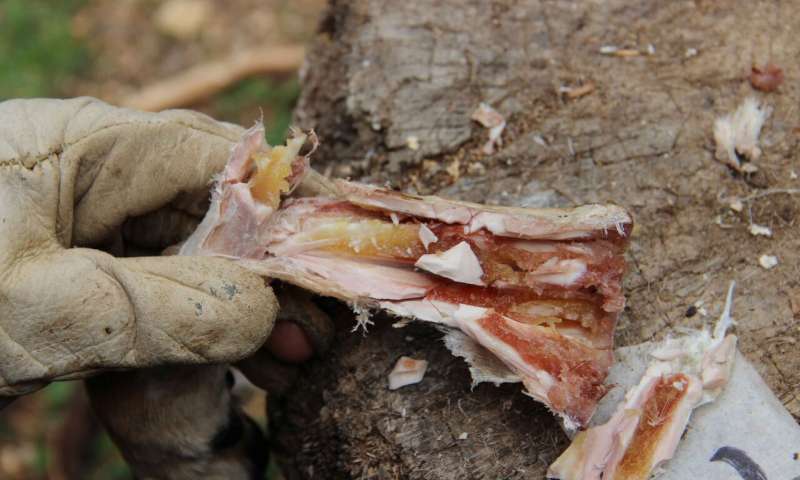Prehistoric humans ate bone marrow like canned soup 400,000 years ago
A new study has found that prehistoric humans have preserved bone marrow in their caves for up to nine weeks as a soup pot.
Researchers previously thought that Paleolithic people lived a hand-to-mouth existence but this research shows they were sophisticated enough to preserve meat using bones like we use modern-day cans.
The research shows this took place in Qesem cave in what is now Tel Aviv between 420,000 and 200,000 years ago. According to the study published in Science Advances, it is the earliest evidence of delayed food consumption in the world.

Professor Ran Barkai of the university in Tel Aviv, who was involved in research, said, “The bones were used as ‘ cans ‘ that preserved the bone marrow for a long time until it was time to take off the dry skin, shatter the bone and eat the marrow.
“Bone marrow constitutes a significant source of nutrition and as such was long featured in the prehistoric diet.
“Until now, evidence has pointed to the immediate consumption of marrow following the procurement and removal of soft tissues. In our paper, we present evidence of storage and delayed consumption of bone marrow at Qesem Cave.”
Inhabitants of the cave brought in selected body parts of hunted animal carcasses.
“The most common prey was fallow deer, and limbs and skulls were brought to the cave while the rest of the carcass was stripped of meat and fat at the hunting scene and left there,” said Professor Jordi Rosell from the Catalan Institute of Human Paleoecology and Social Evolution (IPHES).
Researchers found deer leg bones had specific chopping marks on them which do not look like marks left from stripping fresh skin.
They believe the bones were left covered in the skin to help preserve them until they needed the meat.
Scientists have also found people regularly used fire, cooked and roasted meat in Qesem Cave.
“We assume that all this was because elephants, previously a major source of food for humans, were no longer available, so the prehistoric humans in our region had to develop and invent new ways of living,” said Professor Barkai.
“This kind of behavior allowed humans to evolve and enter into a far more sophisticated kind of socio-economic existence.”
The cave was discovered 15 years ago during the construction of a road to Tel Aviv.
A 2010 study into the traces caused controversy in the archaeology world as it questioned the theory of Homo sapiens originating in Africa, but the archaeologists were unable to draw a concrete conclusion from the evidence.





